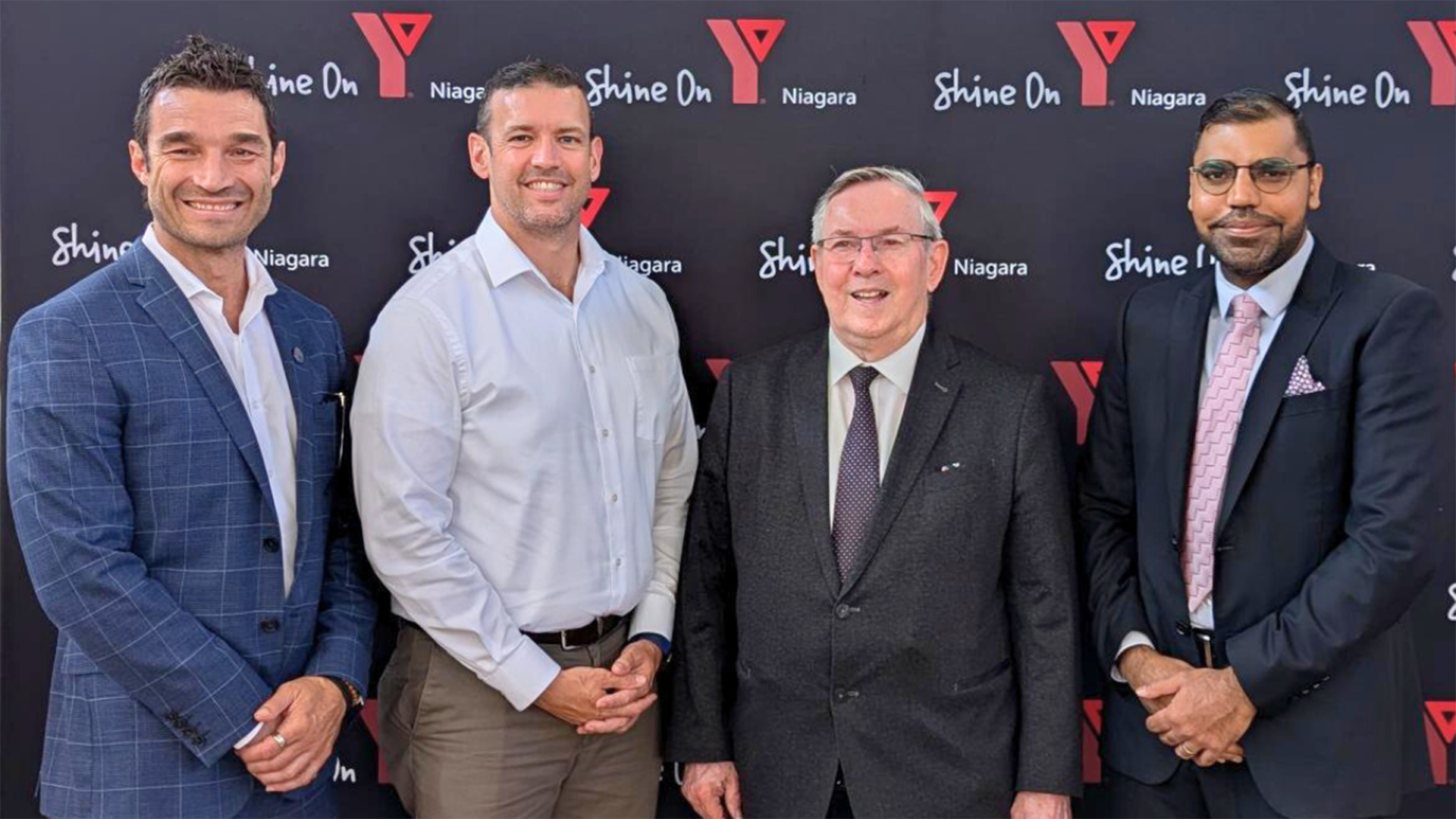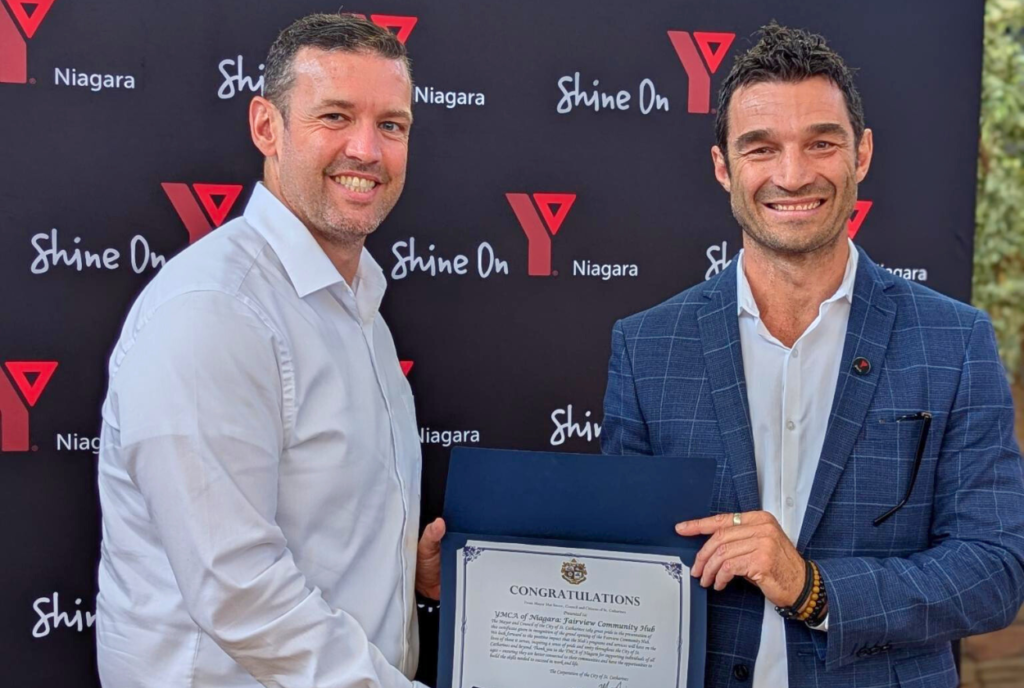
“It’s day five of a harvest and you’re two workers short,” says Jay Remsik, a Health and Safety Consultant with WSPS. This situation is very familiar to many farmers who end up taking on the extra workload themselves. It’s either that or pushing the workers they have to pick up the slack. “Operating heavy equipment, such as tractors, augers, and combines, requires full concentration,” remarks Remsik. “When you throw fatigue, tight deadlines, mental distractions, and working outdoors at night into the mix, the risk of an injury or fatality increases drastically.” Jay provided some tips to help you and your workers get through the busy harvest season with your physical and mental health intact.
Mitigate the risks associated with harvest season
Plan ahead. Start preparing well before the beginning of harvest season by breaking down each task, who will do it, and when it needs to be done. This will help you realize early on if you have enough employees. If you find that you don’t have enough resources to do things properly, start looking at ways to get more temporary help.
Be prepared to hire temporary help. As of July 1, 2024, under the Employment Standards Act, 2000 (ESA), all temporary help agencies and recruiters require a license to operate in Ontario. An employer knowingly engaging with or utilizing an unlicensed help agency or recruiter can be penalized. With this new legislation in effect, businesses that use temporary help agencies for staffing must verify that they are licensed. The best way to do that is to check the Ministry of Labour, Immigration, Training and Skills Development’s online database.
“Businesses can now go online, search the name of an agency or recruiter, and confirm that they are licensed and in good standing,” says Jay. In much the same way that we can search the WSIB’s website to confirm that a business or contractor has a valid clearance certificate (i.e., WSIB coverage) before hiring them, businesses can find out if a temporary help agency is licensed before working with them.
Cross train. No matter how much planning you do, people get sick, emergencies come up, and unexpected things happen. “Cross-functional training provides you with more options and helps to avoid burnout,” says Jay. During slower seasons, cross train your worker on various equipment rather than having only one person run the tractor and another who only runs the combine. If someone suddenly isn’t there one day, it’s important for you to have one or two others who can step in. If only one person can do a specific job, you risk fatigue and burnout, which heightens the risk of an injury or fatality. When you cross train workers, you can also move them around to avoid complacency, which is another factor that can contribute to injuries and fatalities.
Take regular breaks. It sounds so simple, but when you’re working against the clock, most of us skip breaks. “Even short breaks are better than none at all,” advises Jay. Take a walk, stretch, and clear your mind so that when you return to work your focus is on the task at hand. “This has the added benefit of preventing a potential musculoskeletal disorder (MSD) hazard due to a static posture over a long duration,” says Jay.
Provide hearing protection. When operating equipment, we usually think about more obvious hazards, like rollovers or getting clothing (e.g., drawstrings, laces, threads, etc.) caught in the machinery. Obviously, you need to make sure you and your workers are trained in how to protect yourselves from these hazards. While noise may be a less obvious hazard, you still need protection. To avoid hearing loss and tinnitus, ensure proper hearing protection is used when you are near loud machines for long periods of time.
Check weather and road conditions. Sometimes working at night is unavoidable. “If you’re working long nights, make sure any vehicles you are driving have proper lights and signage, so you can see well and be seen by others,” says Jay. “Consider using an escort vehicle if you’re driving at night on highways”. Check the forecast and avoid driving in inclement weather as much as possible. If conditions are wet and muddy, be aware of slipping hazards.
Above all, monitor your crew. Look for visual cues like heads nodding or constant yawning. These are obvious signs that someone is not on top of their game and should not be taken lightly—especially in the context of tasks involving hazardous machinery. Step in and encourage them, if not force them, to rest.
The information in this article is accurate as of its publication date.















 The YMCA of Niagara celebrated the grand opening of its newest centre of community impact located within the Fairview Mall on July 25, welcoming community partners, regional leaders and program participants to this versatile facility which aims to serve and support people at every stage of life to learn, grow and stay connected.
The YMCA of Niagara celebrated the grand opening of its newest centre of community impact located within the Fairview Mall on July 25, welcoming community partners, regional leaders and program participants to this versatile facility which aims to serve and support people at every stage of life to learn, grow and stay connected. “Our team is eager to deliver a wide range of programs that cater to the needs of all age groups,” shared Tracey Cosco, General Manager of Camp, Community and EarlyON. “Whether it’s early childhood education, youth development, or future wellness programs for seniors, we are dedicated to enriching the lives of our community members.” The location, central to many neighbourhoods and demographics, has already lived up to its namesake, The Hub; Tracey adds, “During our first nine weeks, we had 1988 children, and 1773 adults attend the new EarlyON. On our busiest day, 131 individuals enjoyed a visit to our centre.” The variety of programs ensures something for everyone, sparking excitement and interest.
“Our team is eager to deliver a wide range of programs that cater to the needs of all age groups,” shared Tracey Cosco, General Manager of Camp, Community and EarlyON. “Whether it’s early childhood education, youth development, or future wellness programs for seniors, we are dedicated to enriching the lives of our community members.” The location, central to many neighbourhoods and demographics, has already lived up to its namesake, The Hub; Tracey adds, “During our first nine weeks, we had 1988 children, and 1773 adults attend the new EarlyON. On our busiest day, 131 individuals enjoyed a visit to our centre.” The variety of programs ensures something for everyone, sparking excitement and interest.

